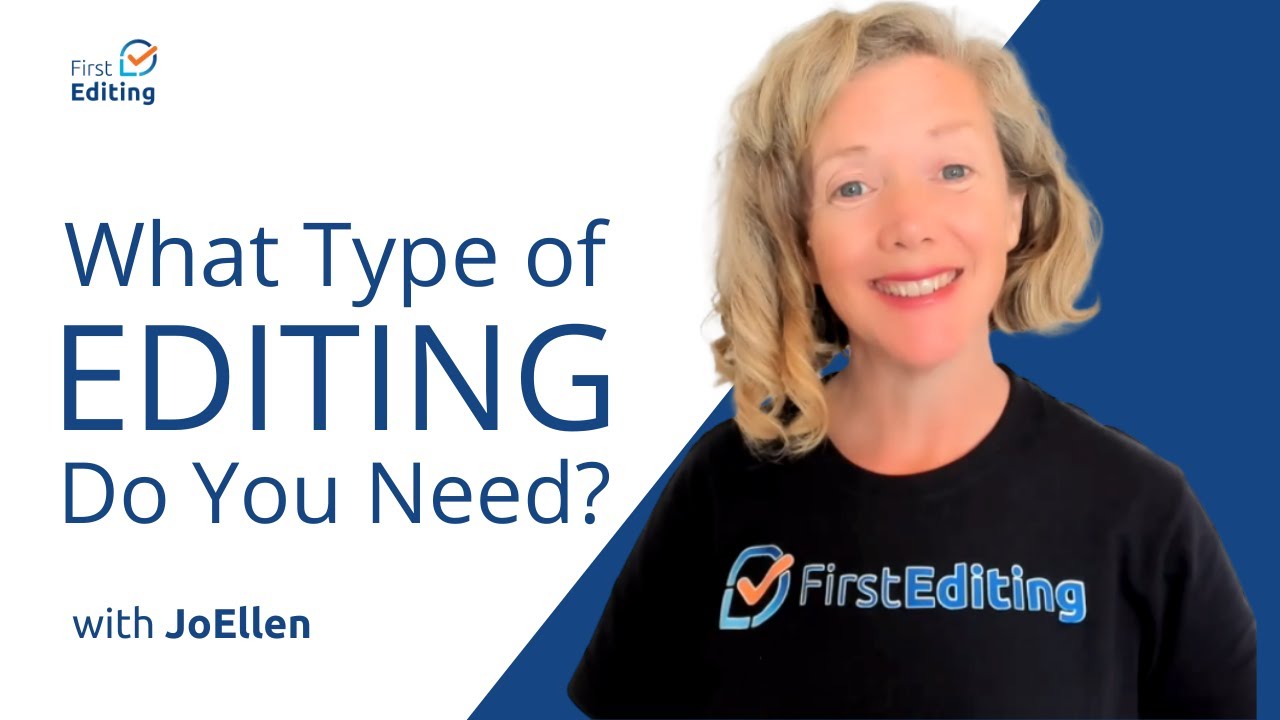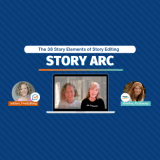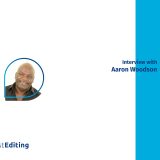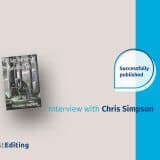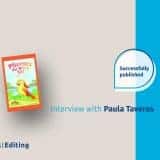

Proofreading or editing? How do you know which one you need?
Most people use the two terms interchangeably, but there’s actually a difference between them. While editing generally goes into more depth, proofreading is the final run-through before everything goes to print.
Together, let’s look at all the different stages of editing and compare the process to proofreading. Based on that, you’ll be able to figure out which of the two you need right now.
The ABCs of Editing
When an editor looks at your work, they don’t just tell you, “Oh, you’ve misspelled something on page eight.”
The process is much more complex, and in many ways, it is just as important as writing itself. What’s more, there isn’t just one kind of editing – there’s developmental editing, content editing, line editing, copyediting…
It’s a lot, I know.
When it comes down to it, though, the two most important types of editing are…
Developmental editing
This is where an editor looks at your story in-depth. Instead of focusing on misspelled names or grammar checks, they dig deep into your plotline, character development, and world-building.
Some of the questions a developmental editor will ask themselves while reading your manuscript are:
- Is this story complete? Is there something missing?
- Is the plotline resolved?
- Does the story flow smoothly and is there a clearly defined plot structure?
- Is the ultimate message clear enough?
- Does the protagonist’s development make sense?
- Do all characters serve a clear purpose?
- Are there any plot holes?
The feedback you’ll receive should be very comprehensive and detailed, and it should ultimately help you bring your storytelling to a new level.
In other words, developmental editing ensures that you’re telling a killer of a story.
RELATED READ: How to Perform a Sentence-Level Copy Edit
Copyediting
While a developmental edit focuses on your story as a whole, a copyedit looks at your language from up close.
A copyeditor will typically watch out for:
- Grammar mistakes
- Spelling and punctuation errors
- Typos
- The tone of voice (and its consistency throughout the text)
- Rhythm and pace
- Writing style and how appropriate it is to the genre
If you’re looking to hire an editor, the best course of action is to ask for developmental editing first and copyediting second. This is because a developmental edit might have such an impact on your work that you’ll end up reworking whole paragraphs, scenes, or chapters.
Copyediting comes at a stage where your story and plot are complete and fully wrapped up.
How to Self-Edit
Every writer self-edits to a certain degree. Self-editing is what happens when you read through your draft and make corrections.
However, it’s important not to spend too much time on editing and too little on writing. After all, it can be very easy to get lost in details and not put a single word down during a whole writing session. This is why many writers edit after they’ve finished their first draft.
During the editing process, you’ll want to ask yourself:
- Is your story complete?
- Is the point of view consistent?
- Are you reaching your audience?
- Does your story flow well?
- How is the imagery?
- How is the character development?
And if you’re still unsure, you can always reach out to an editing service that will help you bring all the different aspects of your book into one cohesive whole.
RELATED READ: 5 Principles of a Thorough Self-Editing Process
Your Final Run-Through
Proofreading is the final run-through before your writing is submitted or goes to print.
It’s where you concentrate on spelling, grammar, punctuation, and syntax. You’re dotting all the “i’s” and crossing all the “t’s.” It’s also where you polish your formatting and make sure you’re consistent.
In traditional publishing, proofreading takes place right before the manuscript is sent off to print. It’s essentially the final check, so no big changes take place at this stage.
A proofread will ask:
- Is the font consistent throughout the text?
- Are all the chapter headings in the correct numerical order?
- Does the style format adhere to the genre requirements?
- Are there any typos or misspellings the editors missed?
- Do any slight changes need to be made, such as exchanging one word for another?
- How does the text look on the page?
All in all, the editing process is more intensive, while proofreading catches overlooked errors. While proofreading usually takes a shorter amount of time than editing, it is still a vital part of the publishing process.
Proofreading or Editing: How Do You Know Which One You Need?
So, how do you know whether your manuscript is in need of editing or proofreading?
It depends on what stage you’re at.
If you’ve just finished your first or second draft and want someone to look at your story in-depth, hiring a developmental editor is the way to go.
If your story and plot are in order but you’re unsure about the language and style, a copyeditor will help you elevate your manuscript and polish your writing skills.
And finally, if you’re just looking for someone to do a final check before you submit or print out your work, proofreading is the right service for you.
Don’t know where to start? Head to the FirstEditing Services page and look at their most popular editing bundles.





